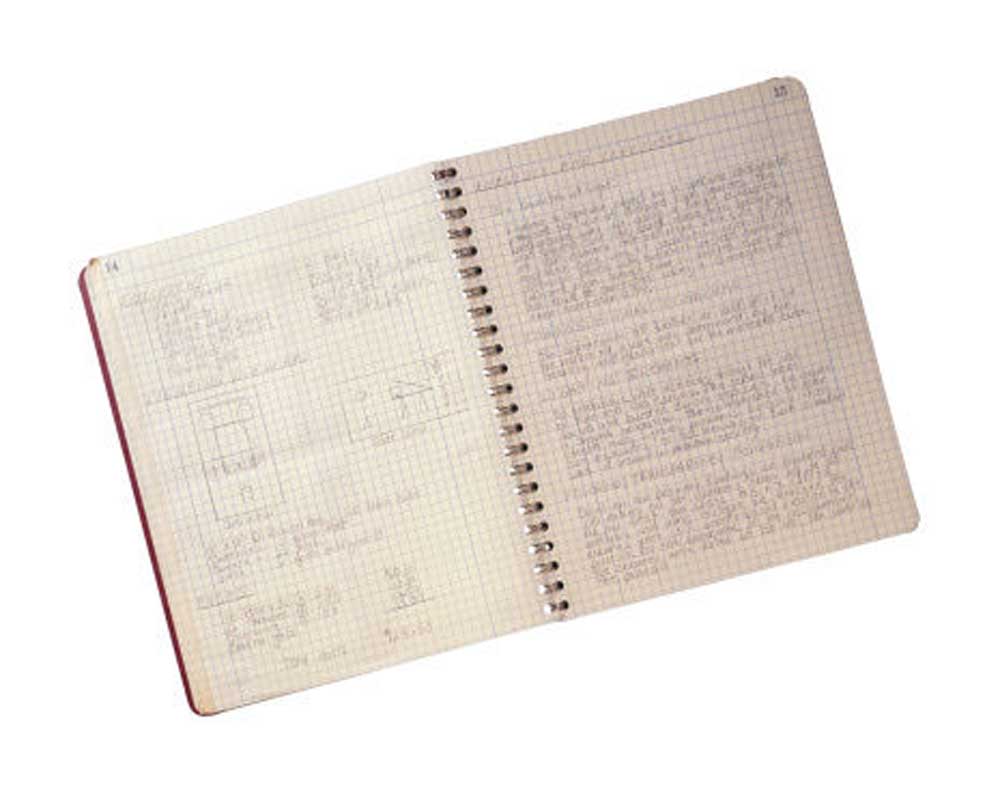Study finds more lead in baby teeth of kids with autism
Published 8:06 am Thursday, June 22, 2017

- (Thinkstock)
Baby teeth from children with autism contain more lead and less zinc and manganese, providing a potential clue to the cause of the condition.
By the numbers — Researchers from Mount Sinai Health System in New York studied the baby teeth of 32 pairs of twins and 12 individual twins, comparing patterns where only one had autism as well as both or neither had autism. Using laser that can map the growth rings in baby teeth generated during different developmental periods, the researchers found differences in metal uptake was most noticeable during the months just before and after the children were born. Differences were greatest in twins where only one sibling had autism.
“We think autism begins very early, most likely in the womb, and research suggests that our environment can increase a child’s risk. But by the time children are diagnosed at age 3 or 4, it’s hard to go back and know what the moms were exposed to,” said Cindy Lawler, head of the National Institute of Environmental Health Sciences, which funded the study. “With baby teeth we can actually do that.”
Bottom line — The authors of the study cautioned that the findings would need to be replicated in larger studies to confirm a connection. But the study supports previous research that exposure to toxic metals and deficiencies of essential nutrients like manganese may harm brain development in the womb or in early childhood. The use of twins also helps to minimize the chance the findings are due more to genetic influences or possible environmental factors.






